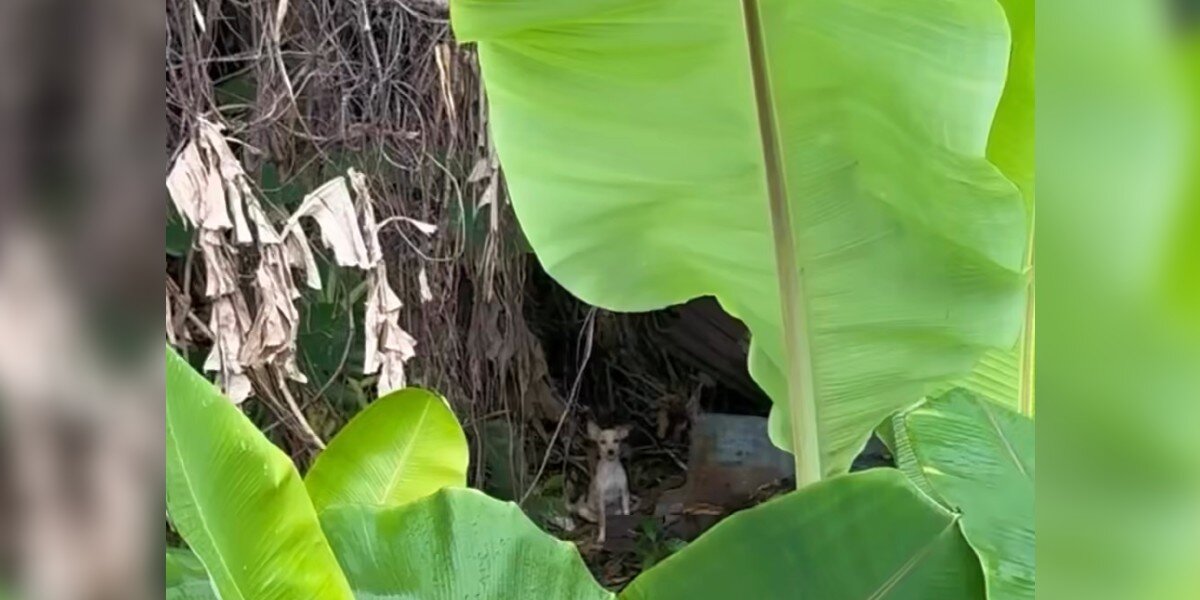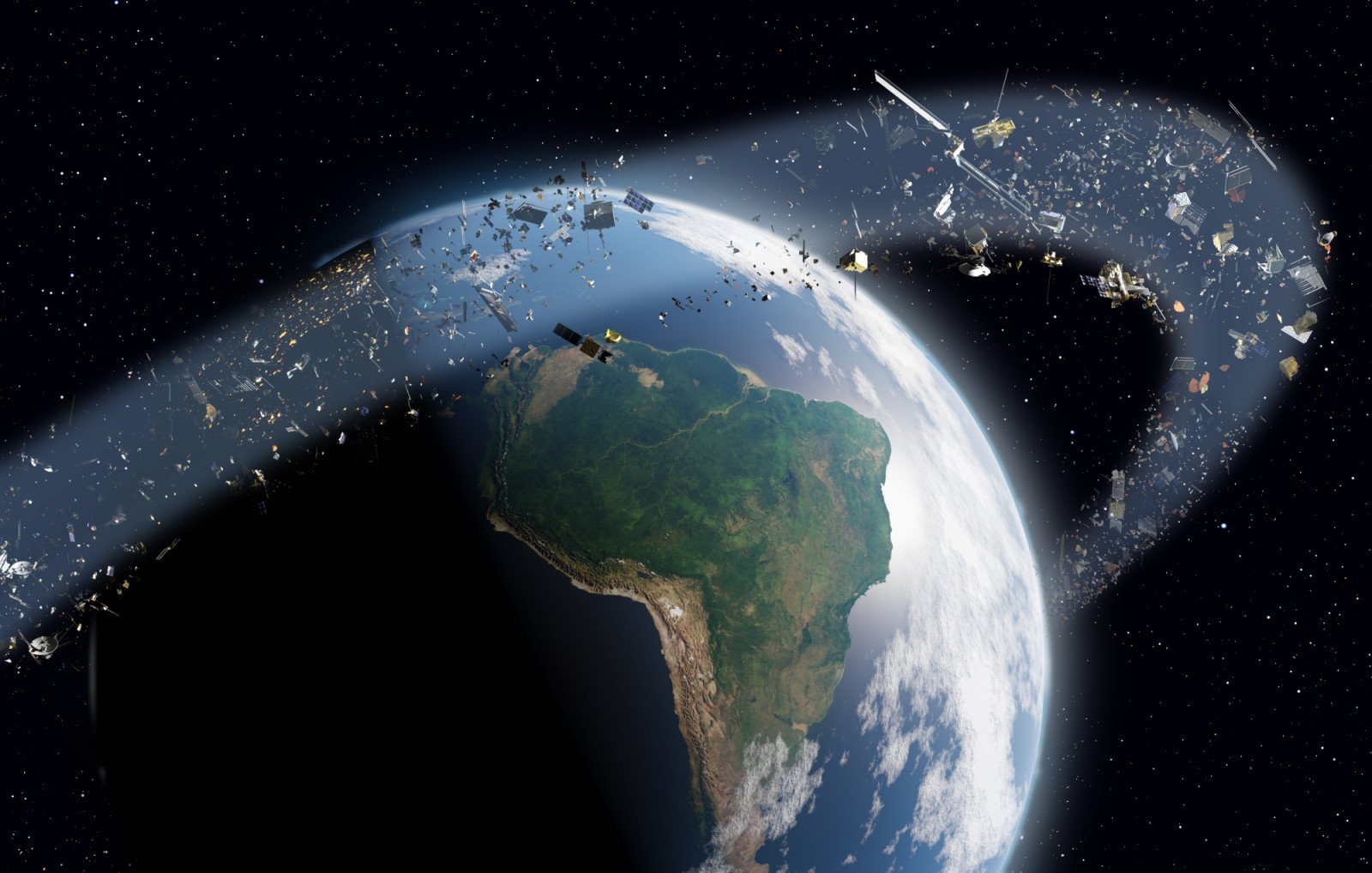AI Generated Fossil Discovery: 520-Million-Year-Old Larva Reveals Ancient Secrets!

What if I told you that a tiny creature, frozen in time for over 520 million years, holds the key to understanding our planet's early life? This isn't just a story about fossils; it's about a groundbreaking discovery that challenges everything we thought we knew about our evolutionary ancestors.
Scientists have unearthed a remarkable fossilized larva, perfectly preserved with its brain and guts intact, offering a unique glimpse into the distant past of the arthropod family tree. Arthropods, which include familiar faces like insects, crabs, and lobsters, have long fascinated biologists, but this particular specimen paints a new picture of their evolutionary history.
Fossils are generally synonymous with bones—think of dinosaur remains that give us jaw-dropping insights into creatures that roamed the Earth millions of years ago. However, not all fossils are created equal. Many of them are mere impressions left in rocks, with soft tissues long gone. But sometimes, nature surprises us. Enter the astonishing find of this worm larva, which has preserved soft tissues that typically degrade over time.
“It’s always interesting to see what’s inside a sample using 3D imaging,” remarks Katherine Dobson, a co-author of the study behind this fascinating find. “But in this incredible tiny larva, natural fossilization has achieved almost perfect preservation.” This isn’t just a stroke of luck; it’s a gold mine for evolutionary biologists eager to understand the complexity of these ancient creatures.
Using cutting-edge synchrotron X-ray tomography, researchers were able to create detailed 3D images of the fossil. What they discovered was astounding: not only did it have a brain, but it also possessed digestive glands, a primitive circulatory system, and even traces of the nerves that supplied its simple legs and eyes. This wealth of information has revealed that early arthropods were far more complex than scientists had previously thought, reshaping our understanding of their evolution during the Cambrian Explosion.
One of the most exciting revelations from this find is the discovery of the protocerebrum, a part of the brain that has evolved into the heads of modern arthropods. This new knowledge helps us understand how these creatures have managed to thrive in diverse environments—from the freezing waters of Antarctica to lush rainforests.
Martin Smith, the lead researcher, expressed his excitement, saying, “When I used to daydream about the one fossil I’d most like to discover, I’d always be thinking of an arthropod larva. But larvae are so tiny and fragile, the chances of finding one fossilized are practically zero—or so I thought! My jaw just dropped when I saw the amazing structures preserved under its skin. How could these intricate features have avoided decay and still be here to see half a billion years later?”
As scientists continue to delve into the secrets of this ancient larva, they celebrate the serendipity that allowed such a delicate creature to survive the ravages of time. This incredible fossil not only enriches our understanding of the past but also sparks curiosity about the evolutionary journey that has shaped life as we know it today.



















